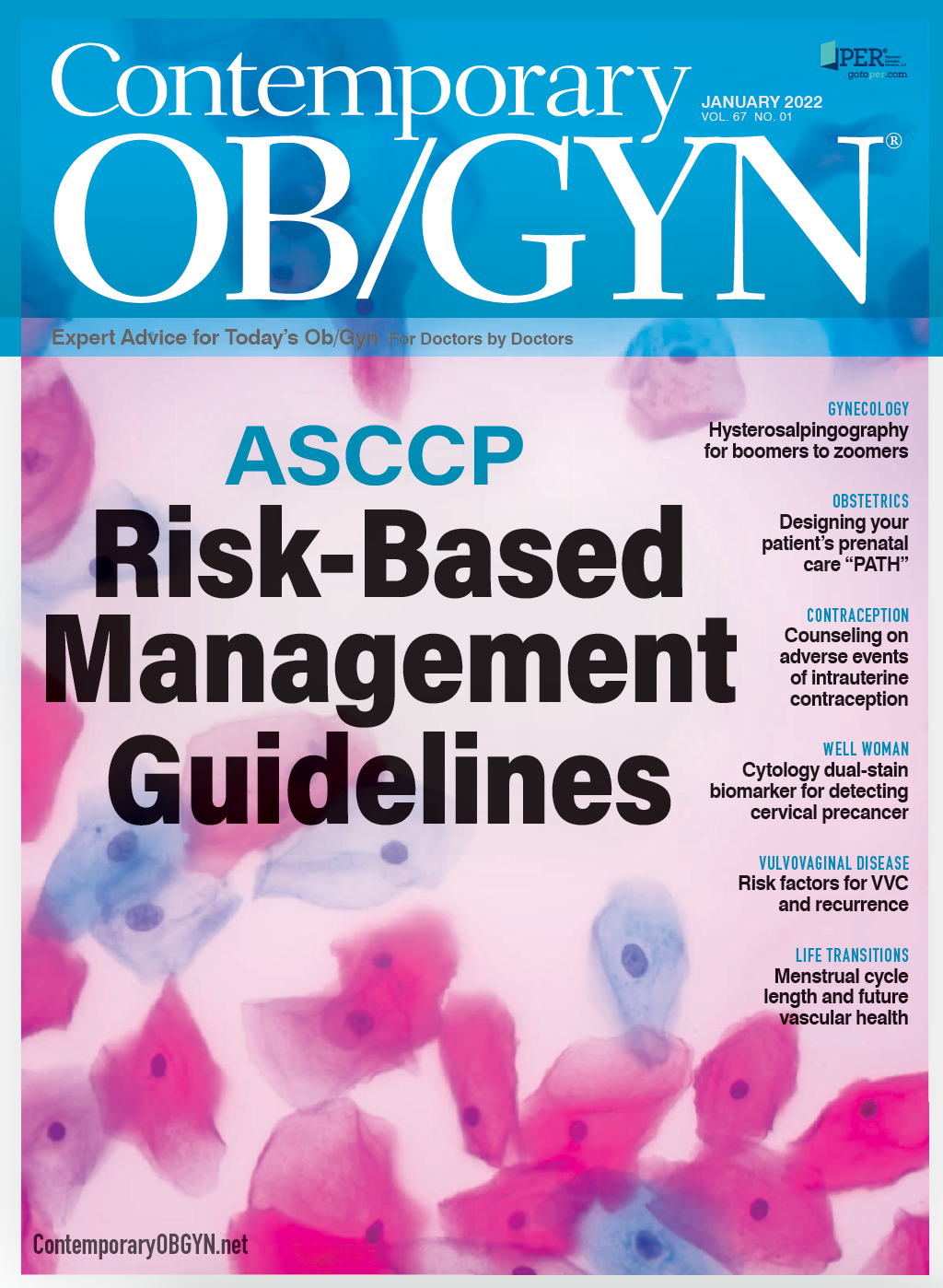Addressing the health care system strain
The impact of hospitalization from COVID-19, especially severe disease, has greatly impacted our health care system—particularly the nursing staff.
Strain from medical and home demands, along with furloughs as a result of reduction of elective medical care early during the pandemic altered the professional trajectory of many in nursing careers. As a result, there has been an increase in retirements, career changes, and separation from the workforce.
The nationwide shortage of nurses is a crisis that is especially felt in obstetrics and gynecology. Even with incentive pay and critical staffing pay, money cannot overcome the fatigue associated with increased workload on a reduced staff. This has forced facilities to turn to travel or agency nurses. Rates for travel nurses have tripled.1 For example, nurses in Houston, Texas, were being paid up to $12,000 a week.2 Furthermore, hospital nursing staff working alongside travel/agency nurses created conflict given the disparate compensation.
FIGURE. National Health Care Expenditures

Hospitals critically need nursing staff to care for their patients and thus are forced to pay these rates to ensure care. The American Hospital Association sent an open letter to the Federal Trade Commission to investigate this issue, specifically anticompetitive pricing by nurse staffing agencies.1 The higher salaries and greater flexibility in the travel positions, as well as the ability to be a travel nurse without leaving home, have led to a surge of hospital nurses leaving their positions to travel positions, further compounding the problem.3
US health care expenditures exceed those of other developed countries, with similar or worse outcomes.4 The national health expenditures grew
4.6% to $3.8 trillion in 2019, accounting for 17.7% of gross domestic product and is projected to grown annually approximately 5.4% through 2028, reaching $6.2 trillion by 2028 (Figure).3 However, these calculations do not account for the nursing shortages seen with the pandemic and the reliance on agency nurses at a higher cost. The health care system is at a crossroads with how to handle the critical nursing shortage without further increasing the national health care expenditures.
One option is to enforce via regulation, holding down the cost of travel nurse compensation. However, regulation such as this in other areas has not been successful. For example, ensuring housing is available to people who in live certain areas led to the creation of rent-controlled dwellings. Although incredibly useful to the families who can obtain this housing, the benefits for those who build and own these facilities are limited. Thus, developers’ interest in further creating these dwellings ceases and often, they move to other markets for a better margin of profit.
Ultimately, the path forward requires not only the education and training of more nurses but also the creation of an environment where they are valued and inherently want to work because of the mission, vision, and goals of the institutions. People who go into nursing commonly do so because of their passion to help others and to work closely with people. If we hope to avert this nursing crisis in our facilities, we must empower our nursing colleagues to address the pipeline and concerns and identify solutions.
__
References
1. AHA urges FTC to examine anticompetitive behavior for nurse-staffing agencies and commercial insurers. American Hospital Association. February 4, 2021. Accessed December 7, 2021. https://www.aha.org/lettercomment/2021-02-04-aha-urges-ftc-examine-anticompetitive-behavior-nurse-staffing-agencies-and
2. Ackerman T. Job offers of up to $12,000 a week lure Houston nurses to COVID-19 hot spots. Houston Chronicle. January 16, 2021. Accessed December 7, 2021. https://www.houstonchronicle.com/news/houston-texas/health/article/Job-offers-of-up-to-12-000-a-week-lure-Houston-15875348.php
3. NHE fact sheet. Centers for Medicare & Medicaid Services. Accessed December 7, 2021. https://www.cms.gov/Research-Statistics-Data-and-Systems/Statistics-Trends-and-Reports/NationalHealthExpendData/NHE-Fact-Sheet
4. How U.S. healthcare costs compare to other countries. Investopedia. Accessed December 7, 2021. https://www.investopedia.com/articles/personal-finance/072116/us-healthcare-costs-compared-other-countries.asp

Importance of reproductive health services for adolescents during the COVID-19 pandemic
October 30th 2024In a recent study, high rates of reproductive health service use were reported among adolescent mothers, indicating the benefits of this model for providing care when other options are unavailable.
Read More
Increasing ondansetron use reported against NVP in the United States
October 29th 2024Despite being recommended as a third-line therapy, rates of ondansetron use to treat nausea and vomiting in pregnancy have increased, making it the most common prescription antiemetic against this condition in the United States.
Read More
Study finds high rates of incidental MRI findings in endometriosis cases
October 29th 2024A recent study highlights the frequent occurrence of incidental findings on pelvic magnetic resonance imaging for endometriosis, emphasizing the need for radiologists to focus on those with higher clinical significance.
Read More
